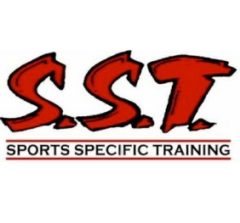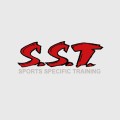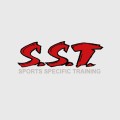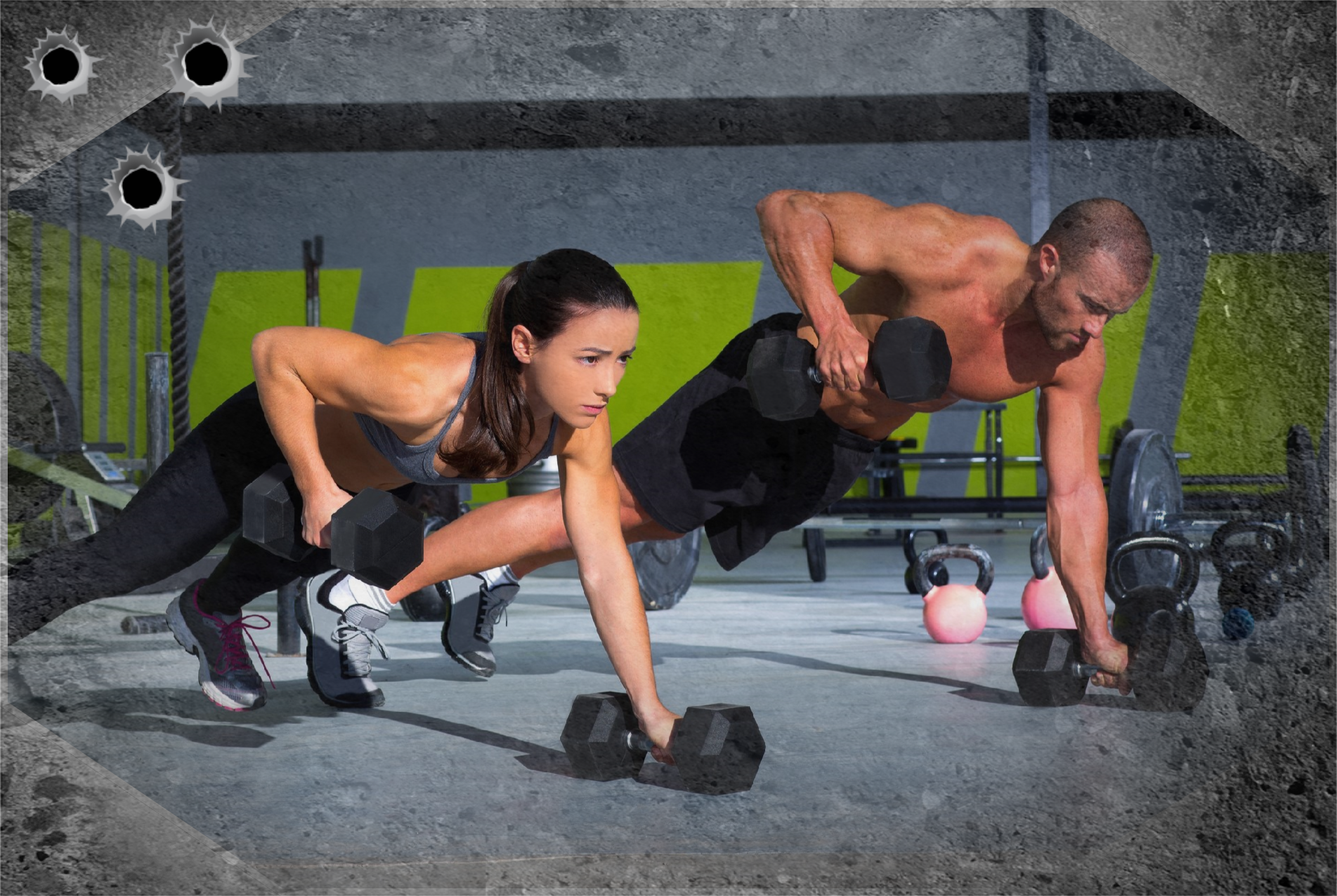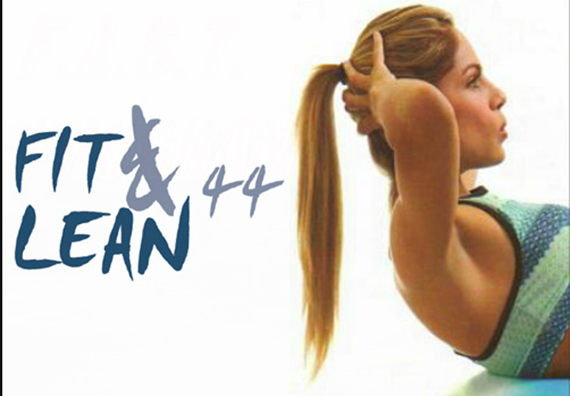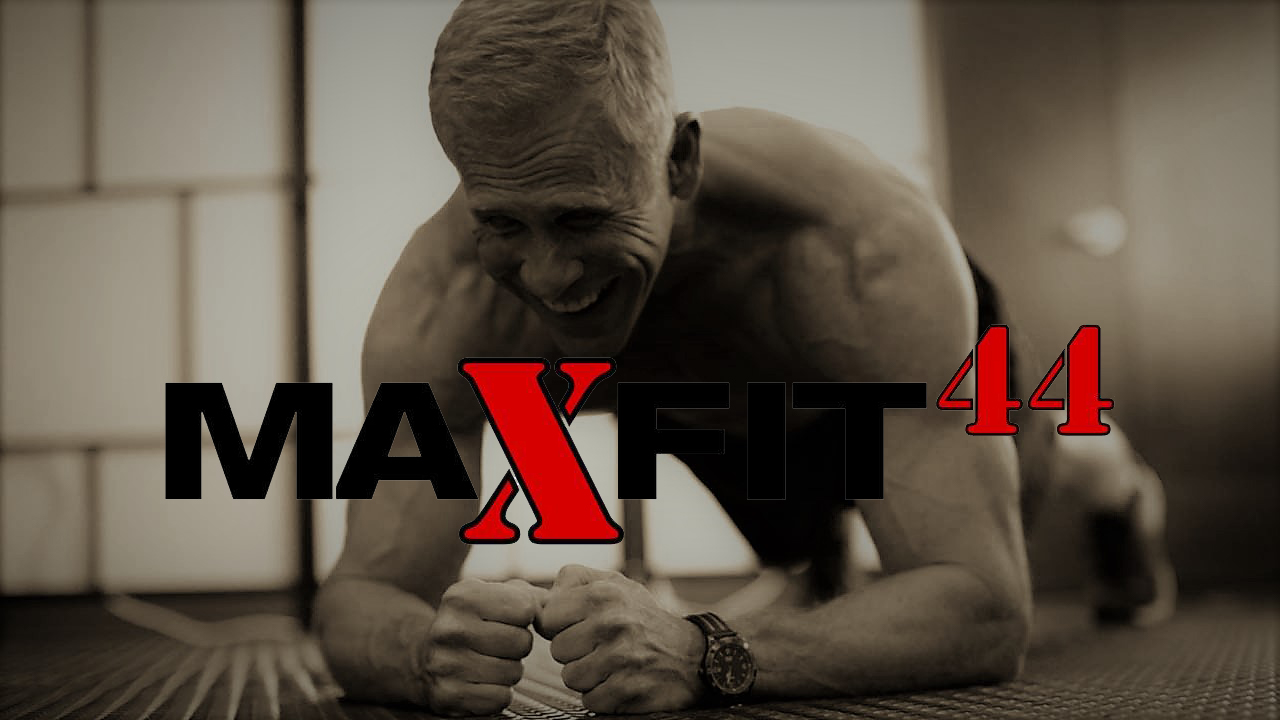The Death of the Modern Day QB………. What?
I just finished watching film of Peyton Manning break 70,000 all-time yards and win on a miraculous play on Thursday night football. For every Peyton, Tom Brady, Big Ben and Andrew Luck there are Jamarcus Russell’s, Akili Smiths, Tim Couches, Ryan Leafs, and the list goes on of highly drafted NFL “busts”. Unfortunately these QB’s did not have illustrious careers for a multitude of reasons, and to pinpoint accurately after the fact is still a challenge, even with the advantage of hindsight. But one reason that might have been characteristic of all of them is their being “system” QB’s.
What does this mean and what is happening?
What are some of the issues and challenges in developing NFL QB’s?
1. QB’s do not play under center- unlike the NFL where QB’s go under center frequently, high school and college spread QB’s seldom take a snap from center. Why is this a concern? QB’s do not learn how to play with their backs to the defense for that split second. They do not learn how to properly drop. Personally, as a former QB I hated being in the gun as I got lazy with my drop mechanics and I see the same thing now when watching high school and college spread QB’S
QB’s and offences are about timing-drop 1 2 3 and throw- or set up and go through your progressions. Spread QBs’ legs sometimes get what I call “cement feet” – feet that don’t move because they simply don’t have to
2. Spread QB’s don’t have to think at the line of scrimmage…..what’s occurring is that the offence sets on the ball in a no huddle attack. Defense sets and then the offence all looks over to the coach for the proper play he has devised versus that particular defense. This has taken away the post-snap decision making of QB’s that is essential to becoming an NFL QB.
3. NFL defenses are way too fast for the spread- unlike college and high school – in the pros QB’s are playing against the best of the best…one thing NFL manager’s look for is team speed.
Remember a few years back when Colin Kaepernick took the league by storm running the spread and zone read….NFL Defensive coordinators have figured it out and as result Colin and the 49ers have struggled. In fact last Monday night the 49ers player with 3 TE’s a majority of the time and pounded the rock with Carlos Hyde…outcome- they controlled the clock…managed Colin’s mistakes and the 49ers were victorious.
Another reason – the “Robo” QB
As a QB coach I have fallen into this trap over the years but have changed my philosophy over the past few years. What do I mean with Robo QB? We try and make each QB have the most perfect mechanics and harp on this so much that we sometimes forget to let the kids play and react. Don’t get me wrong, all great QB’s have superlative mechanics to ensure the most important quality a qb must possess: ACCURACY- This is to me is the difference between good and great. Great QB’s with accuracy are able to place a ball on what I call a dime!
The issue is that we as QB coaches are paralyzing some of these young kids. Look at Phillip Rivers- his throwing mechanics are unorthodox but he makes it work. If it works at an age past puberty, refine their technique somewhat but don’t overburden the athlete. Remember it takes 3000 perfect reps to change the hardwiring in someone’s body. The problem arises with QB’s and other positions in sports in that the athlete will revert back to their mechanics taught at a young age. Thus it is imperative as coaches that we stress and teach proper mechanics BEFORE PUBERTY. But once it sets in, let “perfection” go and now change your approach to working with what the QB has – they can still get better. Look at MLB pitchers – MANY of them have unorthodox mechanics or at least what people would say are not “perfect” ones, but they are in the big leagues while tens of thousands with “better looking” mechanics are on the outside looking in at being a pro. Why? They have figured out how to use what they have such that they have bridged the gap and zoomed past those with “prettier” deliveries. This can be done in football too, so beware of taking too much time trying to create the next Robo-QB – you may be better off working on other areas with them. I use this saying to teach…before puberty there are many highway lanes and they are all open but the further we age from puberty the less lanes and more congestion there is within the nervous system of the body. Find the paved, clear highway and take it.
As stated above, I myself am a spread offensive coach and one of the reasons is that it is easier for a QB to determine reads and play at a high speed. Why do I do this? We at the younger level of football do not have the ability to teach/practice with kids 8 hours per day like we do in the pro ranks. We just don’t. And fluffing it for 10-20 minutes a week in practice doesn’t do too much good unless the kid is going to take it himself and work the other 1200 minutes on it on his own. If he does, great. But if not, more and more as time goes on, the chances of making them better mechanically shrinks and shrinks.
Hey don’t get me wrong. Mechanics can be improved later in life but progress will be slower and minimal. But what has happened with me and definitely with high school and college coaches across North America is less time is being spent on developing prototypical pro QB’s and more has been put into developing them to run an incredibly successful system. The thing is, this system does not always translate to the NFL, so the question is, what is the long term outlook on developing prototypical QB’s for the league? I don’t know, but it will be interesting to see what develops over the next ten years or so. History tells us that the future doesn’t always quite work out the way we think it will, but only time will tell.
Agree or disagree- I would love to hear it as I am open to all learning experiences!
Larry Jusdanis is the proud owner of Sports Specific Training (the largest sports training company in Canada) and QB Canada- Ranked as the #1 QB Academy in Canada
Coach Mike and Will Finch will be holding a Qb mechanics class every Monday- starting in June
Click here for Mike’s 101 Mechanics
www.Qbcanada.com
www.sst.training
 Figure 1 Apple-Shaped Female Body
Figure 1 Apple-Shaped Female Body